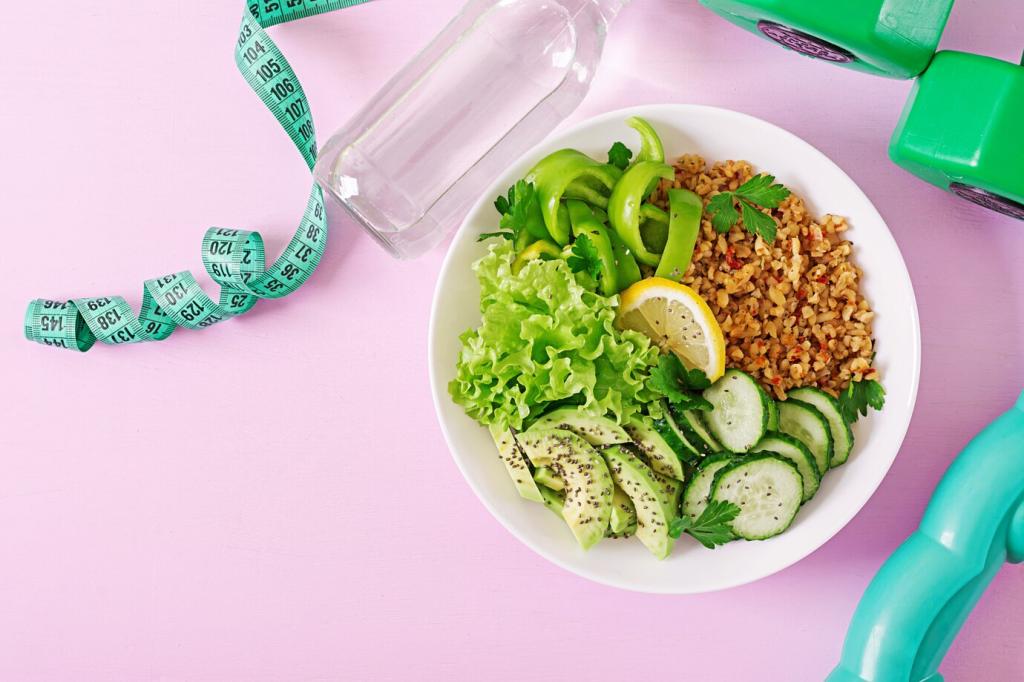Know Your Numbers: Energy, Macros, and Timing
Endurance athletes often thrive with 5–10 g/kg/day of carbohydrate, while strength and power athletes lean on 1.6–2.2 g/kg/day of protein. Keep fats near 20–30% of calories. Adjust by training block, appetite signals, and how your gut feels under intensity.
Know Your Numbers: Energy, Macros, and Timing
On hard days, prioritize higher carbs before, during, and after sessions while maintaining consistent protein. On rest or technique days, slightly reduce carbs, keep protein steady, and emphasize colorful plants. Watch sleep quality, morning energy, and hunger to guide portion shifts.





